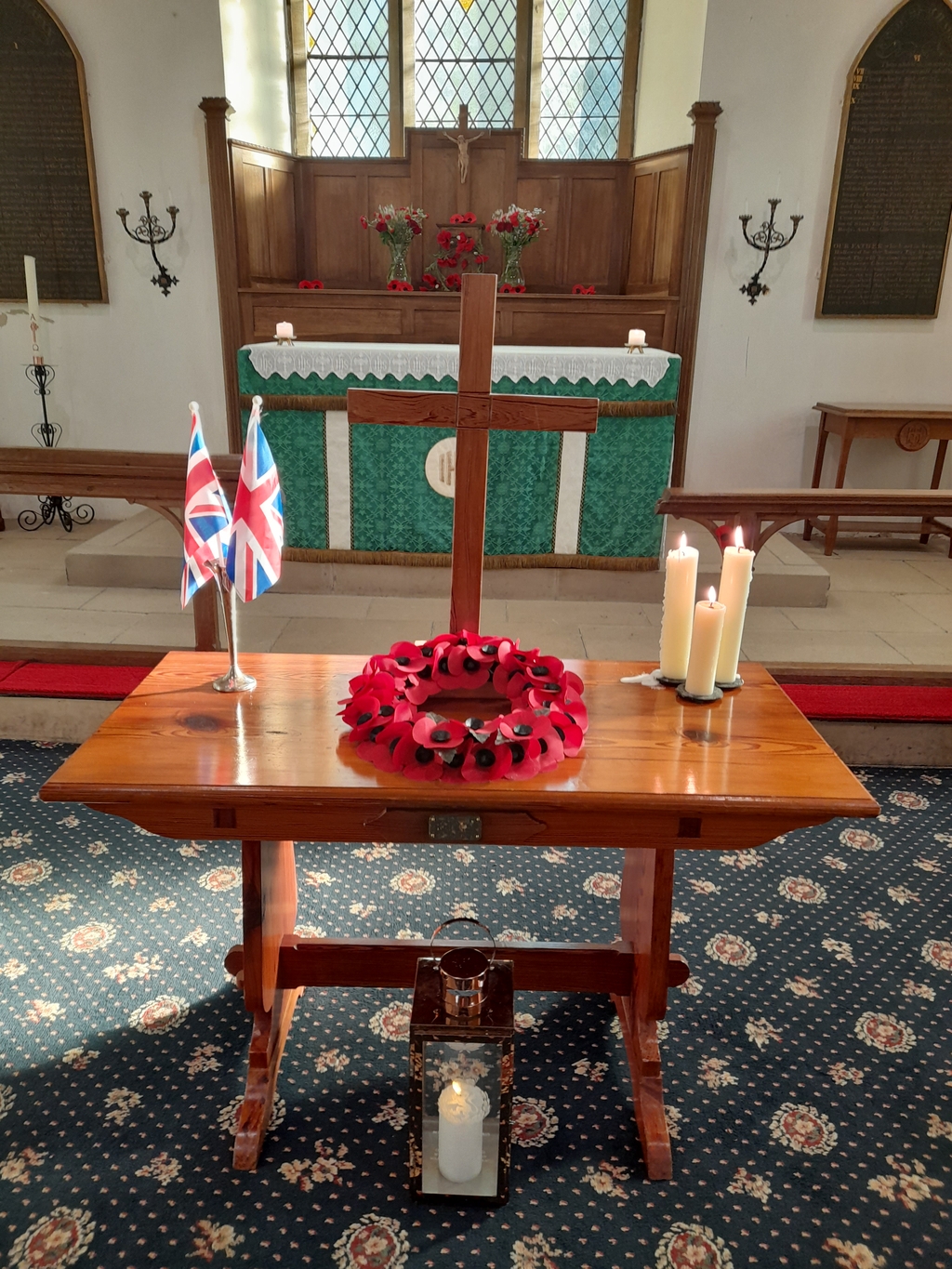About Us
Fulstow is a village between Louth and Grimsby. The ecclesiastical parish of Fulstow is part of the Benefice of Fotherby, North Thoresby and Grainsby with Waithe, in the Deanery of Louthesk.
Fulstow is listed in the 1086 Domesday survey as "Fuglestow"
The church (situated at the edge of the village off Churchthorpe) is Grade II listed, and is dedicated to St Lawrence.
We warmly welcome all visitors to our services, and to visit the church and churchyard. We are pleased to have links with the villlage Primary School. A group of church members regularly perform "Open the Book" bible stories at school.
There is no mention of a church in Fulstow in the Domesday Book. The first mention which can be found of a church in Fulstow is of 1219, when the patron was Picot de Lascelles, the son of Roger Lascelles II. It is believed he presented Roger Bacon to the incumbency. A drawing of the church in 1595, on Haiwarde’s map of the village, shows a tower, chancel, nave and south aisles. On the drawing the church also appears to have had a small spire on top of the tower. It is believed it had eight large bells and a priest’s bell. Repairs needed to the church in 1615 are recorded as having been carried out “in a wretched poor way.”
Our building is early thirteenth century, with 1868 rebuilding. It is believed that in 1867 part of the church wall fell down, and services were suspended for a long time. With £333 raised or promised the vicar, the Reverend Cornelius Bourne, laid the foundation stone for the restoration on 1st July 1868. Part of the fund-raising involved the Churchwarden, Richard Barton, stripping the roof of its lead and selling it for £104 in Hull! The church is constructed of squared limestone and greenstone rubble with a slate roof. The roof was completely restored in 2011.
The west end retains the scar of the former tower. Above is a nineteenth century gabled bellcote with single pointed opening containing one bell. It is of the sixteenth century and is inscribed “God save our King!” It is believed that in the 1720’s a young male named Robert Sourby was reaping corn near the church when the tower crashed suddenly to the ground. The bells were undamaged. One remained at church. It is thought one went to the village school.
On the north wall is a blocked two bay early thirteenth century arcade with square abacii. The blocking contains two nineteenth century two light windows with cusped heads.
The north wall of the chancel has two nineteenth century lancets. The chancel east wall has a nineteenth century three light window with above it a reset thirteenth century projecting head.
To be found on the south wall of the nave is a blocked early thirteenth century three bay arcade, with single chamfered arches and annular abacii. In the blocking are two nineteenth century three light cusped headed windows.
The nineteenth century gabled south porch outer doorway has a continuous double chamfered surround. The inner doorway is thirteenth century, with clustered shafts, capitals and moulded hood.
The two bays of the north arcade have keeled shafts, square abacii and single chamfered arches. The two bays of the south arcade are also visible. East of the north arcade is a small pointed niche.
Nineteenth century wooden pews are fitted, and there are two commandment boards on the sanctuary east wall, also from this period.
Built in the 1950’s, the pipe organ was installed in church in 2013, funded by generous donations from church members. It came from the closed Methodist Church at Bluntington, near Kidderminster. It was manufactured by Hawkins of Walsall Wood. The communion rail was installed in memory of a past vicar, the Rev. Herbert Clement Jones, who died in 1942.
On the north wall is a painted panel of the arms of George III. This is dated 1768, and bears the name of Wm (William) Ludlam, Churchwarden.
The thirteenth century font has a plain octagonal bowl and shafted base and has a nineteenth century facetted wooden cover. The base of the font is thought to be older than the bowl.
In the porch stand two fine late thirteenth century/early fourteenth century effigies, one a knight thought to be Sir Robert de Hilton, with mail hauberk, surcoat and greaves. His feet rest on a lion. He has a low sword belt and shield, and his head rests on a cushion. The other is of his lady, with head-dress, flowing gown and buttoned sleeves. Her feet rest on a lion, and her head rests on a pillow with angel supporters.
The memorial tablet to the fallen of the Great and Second World Wars was placed by public subscription in 2005. The war memorial is situated in the wall of the Village Hall, in the village centre.
Shaft of Cross in the Churchyard
This monument is scheduled under the Ancient Monuments and Archaeological Areas Act 1979 as it appears to the Secretary of State to be of national importance. It is situated to the south-east of the porch. The monument includes the base and the lower part of the shaft of a standing stone cross. It is medieval in date and is constructed of limestone.
The base takes the form of a socket stone resting on the remains of a single step. The socket stone is approximately 0.78m in section at the base with a chamfered upper edge. Set into the socket stone is the lower part of the shaft, rectangular in section at the base and rising above moulded and chamfered corners in tapering octagonal section to a height of 1.15m. The top of the stone is flat; on it was formerly fixed the upper part of the shaft and a cross head. A cruciform cross head located above the doorway of the porch is reported to be from the cross.























